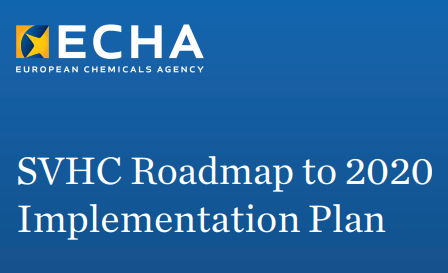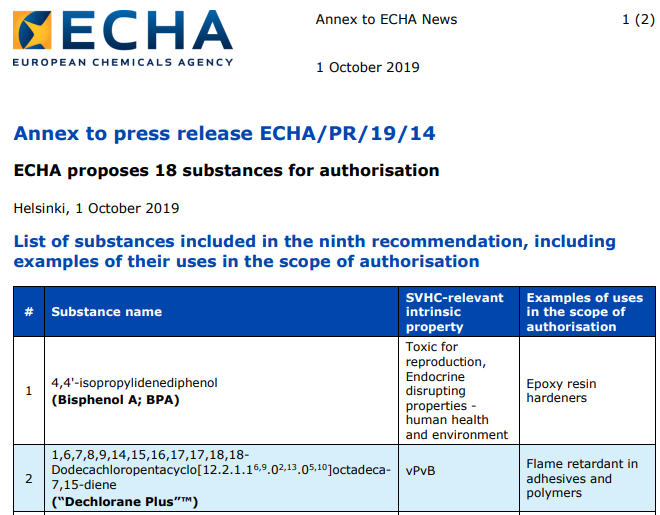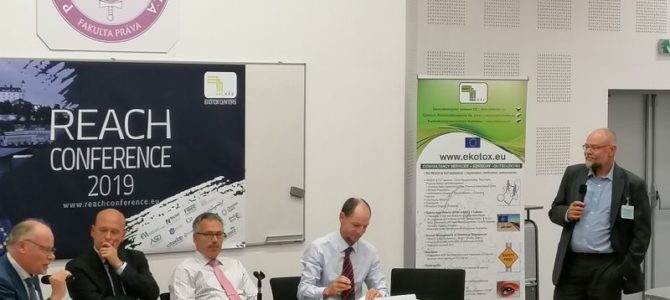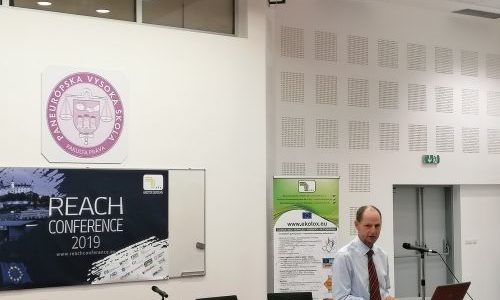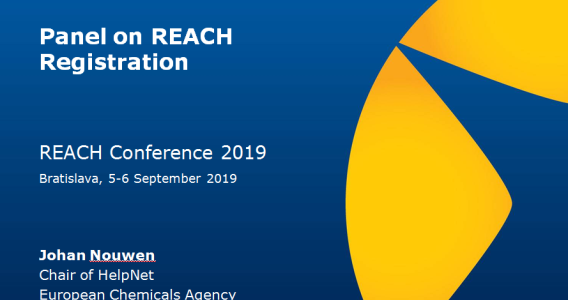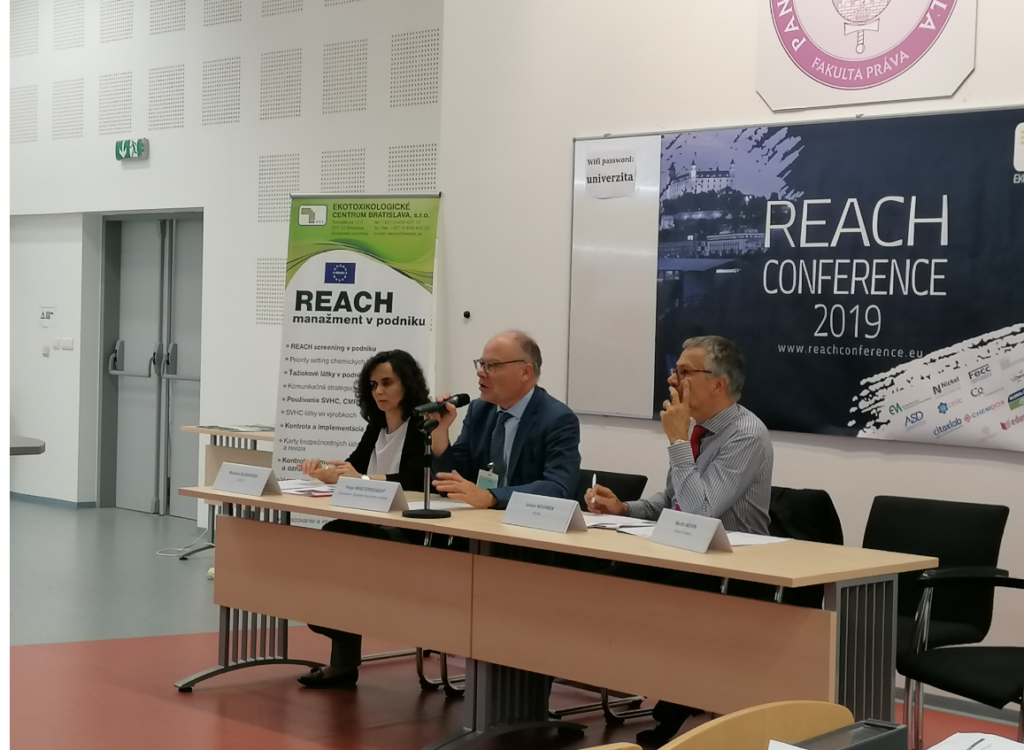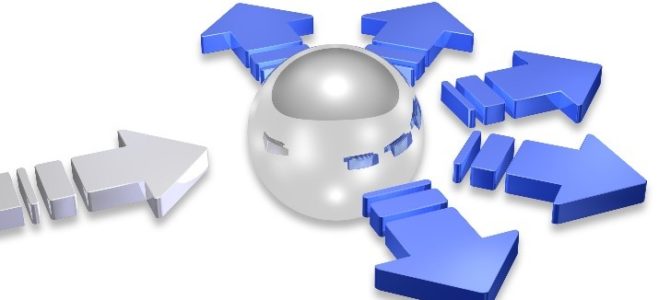
SCIP databáza pomôže zlepšiť transparentnosť v prípade nebezpečných látok vo výrobkoch
ECHA zverejnila informácie o požiadavkách ktoré súvisia s pripravovanou databázou (SCIP) o výrobkoch obsahujúcich látky uvedené v Kandidátskom zozname (SVHC).
Spoločnosti budú musieť posielať informácie do databázy počnúc januárom 2021.
Podľa „Rámcovej smernice o odpadoch“ dodávatelia výrobkov, ktoré obsahujú látky vzbudzujúce veľmi veľké obavy (SVHC), uvedené v kandidátskom zozname, musia poskytnúť informácie o predmetných látkach vo výrobkoch ako takých, alebo komplexných výrobkoch (produktoch).
Prototyp databázy je naplánovaný na začiatok roka 2020. Neskôr v tom istom roku bude databáza rozšírená a doplnená o ďalšie funkcionality. Spoločnosti uvádzajúce výrobky na trh EÚ budú musieť zasielať notifikácie od 5. januára 2021. Cieľom je podporiť substitúcie nebezpečných látok a cirkulárna ekonomika.
Dodávatelia výrobkov poskytnú:
- informácie umožňujúce identifikáciu výrobku;
- názov, koncentračný rozsah a umiestnenie SVHC látky vo výrobku;
- a tiež pravdepodobne aj informácie o bezpečnom použití výrobku.
SCIP databáza poskytne spracovateľom odpadov informácie a nebezpečných látkach v odpadoch ktoré spracúvajú, takže materiálové toky môžu byť potenciálne „vyčistené“ pred recykláciou a opätovným použitím výrobkov tak, aby sa zabezpečila naozajstná a bezpečná cirkulárna ekonomika.
Navyše, zvýšená transparentnosť pri informáciách o prítomnosti nebezpečných látok pomôže konzumentom sa lepšie rozhodovať na základe relevantných informácií pri kúpe tovarov a bezpečnom použití a následnom zneškodnení takýchto výrobkov.
Dňa 12. novembra sa uskutočnil v Helsinkách seminár so zameraním na SCIP. Záznam z rokovaní: https://www.echa.europa.eu/-/scip-workshop-12-november-2019
Prehľad povinností vyplývajúcich zo zaradenia látok vzbudzujúcich veľmi veľké obavy (SVHC) na zoznam kandidátskych látok
SVHC látky
- Dodávatelia výrobkov z EÚ alebo EHP, ktoré obsahujú látky na zozname kandidátskych látok v koncentrácii vyššej ako 0,1 hm. %, musia svojim zákazníkom poskytnúť dostatočné informácie umožňujúce bezpečné používanie výrobku.
- Dodávatelia výrobkov z EÚ alebo EHP, ktoré obsahujú látky na zozname kandidátskych látok v koncentrácii vyššej ako 0,1 hm. %, musia na žiadosť spotrebiteľa poskytnúť dostatočné informácie umožňujúce bezpečné používanie výrobku. Tieto informácie musia poskytnúť do 45 dní od doručenia žiadosti.
- Výrobcovia alebo dovozcovia výrobkov z EÚ a EHP musia informovať agentúru ECHA o tom, či ich výrobok obsahuje látku na zozname kandidátskych látok. Táto povinnosť platí, ak sa látka nachádza v týchto výrobkoch v množstvách celkovo nad jednu tonu na výrobcu alebo dovozcu ročne a ak je látka prítomná v týchto výrobkoch v koncentrácii vyššej ako 0,1 hm. %.
—————————————————————————————————————–
Aktualizované školenia a webináre: https://www.reachtraining.eu/skolenia-sk
Výber z ponuky:
• Tvorba a správa KBÚ – SW Chemdox – *Webinár*
• Plasty aktuálne – požiadavky chemickej legislatívy – *Webinár*
• UFI kódy – *Webinár*
• Manažer chemickej bezpečnosti v podniku kurz (SK) – Kurz 2 dni
EKOTOXIKOLOGICKÉ CENTRÁ
– Spoľahlivý partner v oblasti chémie a chemickej legislatívy, bezpečnosti výrobkov a manažmenu rizík viac ako 25 rokov.
Ekotoxikologické centrum Bratislava, s.r.o.
Centrum Ekotoksykologiczne (PL)
Ekotoxikologické centrum CZ
Tomášikova 10/F, 821 03 Bratislava
Slovenská republika
Tel.: +421 (2) 4594 3712, 4594 5223
E-mail: ekotox(at)ekotox.sk
FB: Karta bezbečnostných údajov
Linkedin: ekotoxsk





